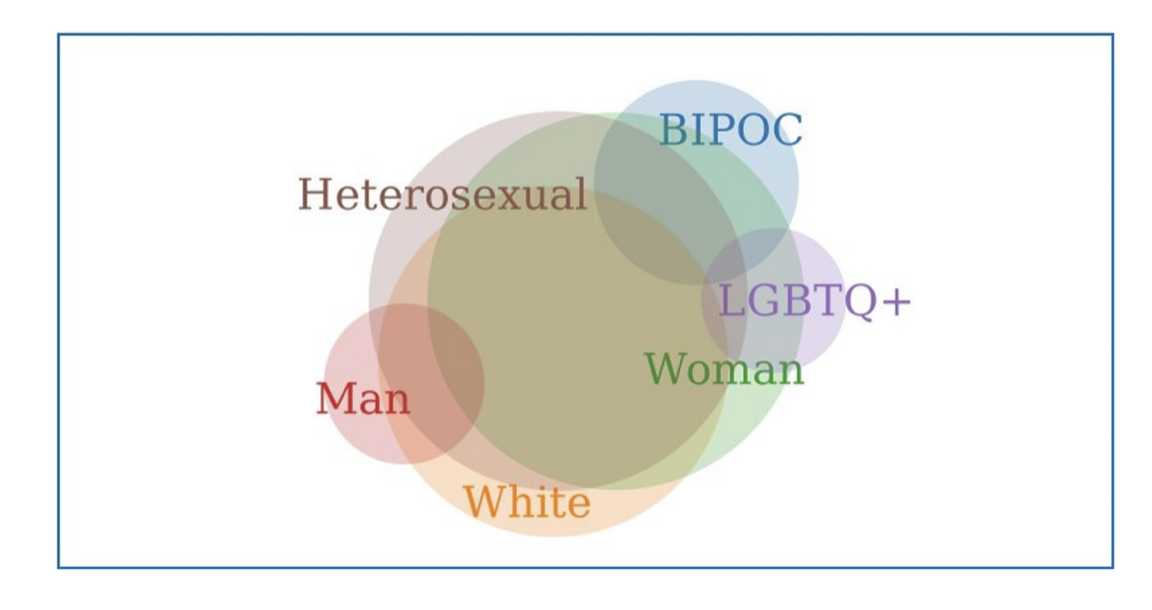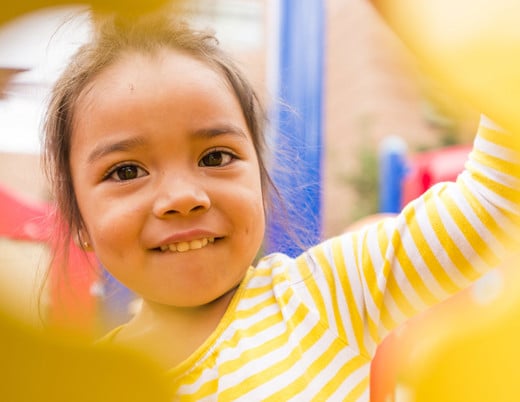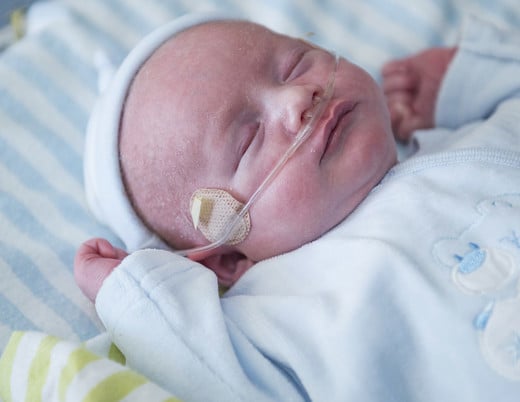With the escalation of societal and political discourse in the spring of 2020, a new push for social justice was ignited. People across the country made calls for organizational discussions and action toward equity, and the Breathing Institute at Children’s Hospital Colorado was no exception. We knew we could and must do better to improve experiences and outcomes for our team members, patients and their families.
Starting a dialogue

While equity has always been paramount at the Breathing Institute, it was rarely explicitly named in decision-making processes and equity-focused initiatives were often siloed. In the summer of 2020, we began a department-wide dialogue around DHE&I. As expected, the conversation was often stilted as team members learned new vocabulary, explored boundaries and worked harder to respect our friends and colleagues.
Two of our team members formed the Social Justice Book Club –– a brave space for ongoing discussions. Book selections included “How to Be an Antiracist” by Dr. Ibram X. Kendi and “Black Man in a White Coat: A Doctor’s Reflections on Race and Medicine” by Dr. Damon Tweedy.
Developing a DHE&I infrastructure
Recognizing the range of equity-focused efforts happening across the department and the need for centralized coordination and support, the Breathing Institute named its first-ever departmental leaders for DHE&I: Arthur McFarlane II, MS, and Kate Johnston, MPH. Shortly after, we launched our inaugural DHE&I Climate Survey. Using a mixture of individual questions and validated scales, the survey assessed team members’ identities, experiences of discrimination, feelings of belonging and impressions of the importance of DHE&I for themselves and those around them.
A 54% response rate gave us baseline data on who we were as a department and the most important challenges to address.
Shortly after we administered the survey, hospital DHE&I leaders facilitated a mandatory implicit bias training for all faculty, fellows and administrative leaders involved in the fellowship recruitment process. It served as an important step in the fellowship program’s efforts to improve equity within the recruitment process and increase diversity and feelings of belonging among our current fellows and future candidates.
To ensure that equity is not only at the heart of our work but is also explicitly discussed as part of the decision-making process, we incorporated changes to the department’s clinical working group and leadership meeting structure. Teams were required to start discussing equity considerations when proposing new programs or changes to existing ones. While this has resulted in questions for which we do not have immediate answers, it compels us to grapple with these questions rather than avoid asking them.
Addressing the social determinants of health
The social determinants of health, or the conditions in which we are born, live, learn, work, play, worship and age, account for 80% of health outcomes. Because many of these factors, like income and housing, are impacted by existing systems of oppression, they result in inequitable outcomes. We see this in our own patient population and have been working to directly address it for most of the past decade.
The Step Up Asthma Program (now known as AsthmaCOMP) joined the Breathing Institute in 2013, bringing non-clinical asthma counselors who work with children, families and staff in schools to improve asthma care and reduce exacerbations.
In 2016, the Breathing Institute hired our first health navigators, establishing an asthma home visit program to provide in-home education, environmental assessment and remediation. Both community asthma programs work with patients and their families (mostly children of color and/or insured by Medicaid) to identify social needs and refer them to community resources. Our cystic fibrosis team also established a process to identify and support patients experiencing food insecurity.
By the end of 2020, the Breathing Institute launched an Equity Council, an interdisciplinary team dedicated to enhancing DHE&I across the department. Through targeted recruitment and volunteers, the council secured representation from a broad range of staff, including providers, administrative coordinators, health educators and respiratory therapists.
Council members represent a wide variety of identities, thus enriching conversations and allowing the council to discuss challenges and plans from many perspectives.. The council’s vision is “to create a culture that centers on equity and justice,” and the mission is “centering equity, inclusion and diversity in all aspects of pediatric pulmonary care, research, education and advocacy.”
Results of the second annual DHE&I Climate Survey
We completed our second annual DHE&I Climate Survey in 2021, allowing us to compare results across the years. We believe that a year of ongoing discussions focused on DHE&I and a better understanding of how the data would be analyzed and disseminated helped increase our response rate to 62%.
We also saw an increase in respondents who identified as people of color. Most participants (87%) felt that they belong in the Breathing Institute, which is consistent with the first year of the survey.
The survey also ignited a conversation around intersectionality within the department. One respondent commented that while the demographic questions were inclusive, they felt that their identity exists at the intersection of those labels. The image below is an incomplete representation of our team, but allows us to begin visualizing our intersectional identities and how they shape our individual experiences of bias, discrimination and belonging.
Intersectionality in the Breathing Institute
We recognize that more than a third of department members did not complete the survey, suggesting that we still have to work to ensure that everyone feels safe answering questions about identity and belonging. We may also need to highlight how important and relevant DHE&I is to our department and how we work.
Strategic planning and identifying priorities
We are finalizing a strategic plan to guide DHE&I efforts in the Breathing Institute for the next three years. To assist with this process, we are engaging with Social Justice Associates, a consulting firm that uses an intersectional lens to advance equity through strategic planning, training and education. The climate survey results, combined with focused work with the Equity Council, revealed four primary buckets into which we’re organizing specific objectives: people, culture, safety and data.
Two of our highest priority activities for 2022 will improve our ability to understand and address DHE&I needs for our patients and families. The Breathing Institute is partnering with the Children’s Colorado clinical effectiveness team and the Diversity, Health Equity and Inclusion Department to pilot a new process for collecting and verifying race, ethnicity and language data for each patient we see. This will help us provide better care during each visit and allow us to analyze patient outcome data to identify any disparities related to those factors.
We will use this analysis of patient outcomes to identify existing disparities and develop processes to address those findings. The internal work of the last two years has built a base upon which we can now confidently focus on patients and families.
The future of DHE&I at Children’s Colorado
We are finalizing a new training initiative to bring more students who are underrepresented in medicine into pediatric pulmonology. This elective rotation for fourth-year medical students will involve time in our outpatient clinics, inpatient pulmonary service and community-based programs. In partnership with the University of Colorado School of Medicine, we are providing a stipend to support one student each year. We believe this will increase student exposure to our subspecialty and generate interest in joining our team.
As with all programs focused on DHE&I, there is no end in sight for the Breathing Institute and we often feel like there is more work to do every day than there was the day before. With the support of departmental leaders, hard work by dedicated team members, additional financial resources and a department-wide willingness to expand our horizons and courageously push beyond what is comfortable, we are excited to tackle the individual and systemic barriers contributing to the inequities experienced by our team members, patients and their families.





 720-777-0123
720-777-0123










